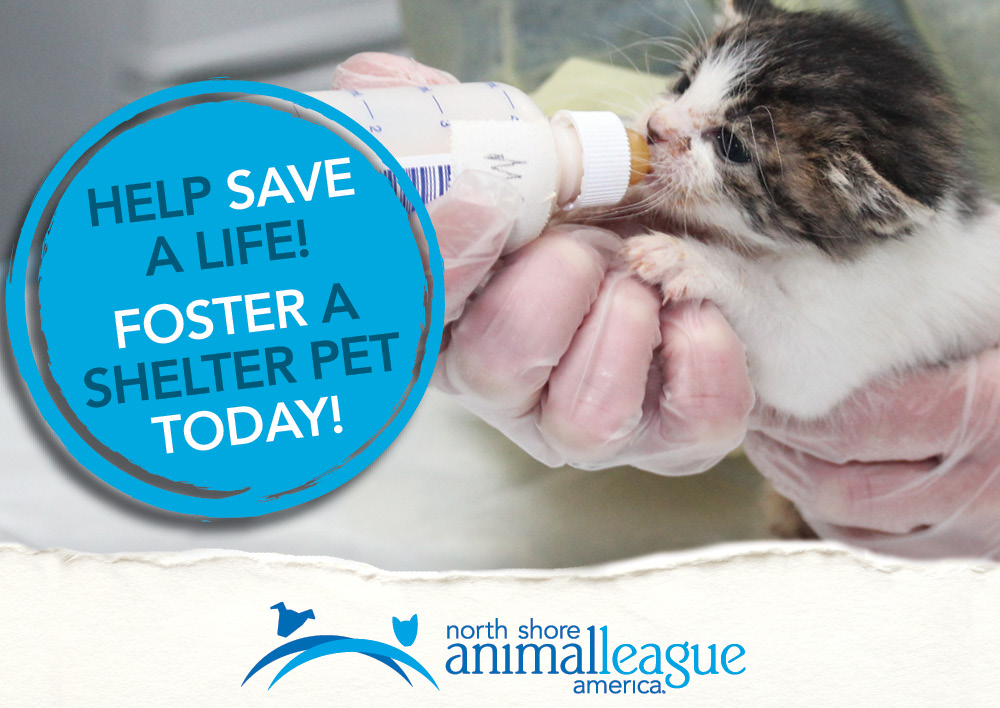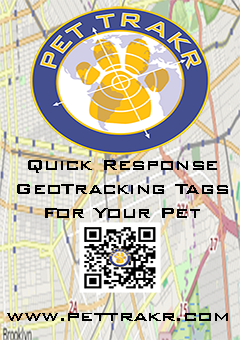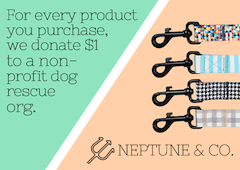LONELY FELINES
SOLITUDE BREEDS Separation anxiety in cats
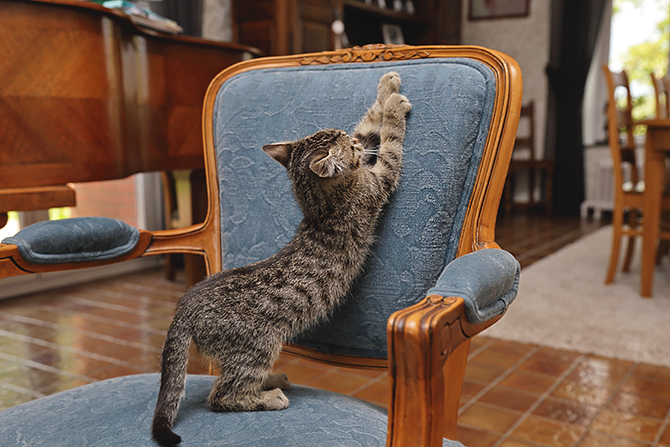
By Arnold Plotnick, MS, DVM, ACVIM
Lightning doesn’t strike in the same place twice? Try telling that to New York flight attendant Steve Boyington. “About five years ago”, recalls Steve, “I found a dog wandering around a pier in the meat-packing district of Manhattan. It looked exactly like a Dogo Argentino, the so-called Argentinian Mastiff. After spending some quality time on the pier with him, I took the plunge and brought him home.”
For the next five days, Steve and his pal “Alex” were inseparable. On Day 6, Steve was due to fly to California as part of his work schedule. Steve shudders as he recalls the events of that week. “I arrived in San Francisco late, and decided to call home the next morning to check on how Alex was doing. Five minutes after I left, Alex started barking and scratching and digging at the door.” Steve adds, “By that evening, Alex had literally eaten the entire lower half of the door frame, and had nearly chewed his way out of the apartment, through the door and wall.”
Flustered by the amount of destruction that Alex had caused, Steve searched for and found a more appropriate home for Alex: his parents’ farm in upstate New York. And he says, “I decided that a cat might be a more appropriate companion for a Manhattanite who travels as much as I do.”
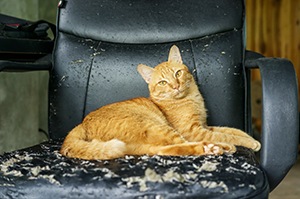 Cats with separation anxiety can be remarkably destructive.
Cats with separation anxiety can be remarkably destructive.SEPARATION ANXIETY AFFECTS CATS TOO
While separation anxiety is fairly common in dogs, it is rarely diagnosed in cats who are typically loners, and are not as likely to get distressed when their owner is away. However, some cats are truly social creatures, and they develop strong bonds with people and other animals. When these relationships get disrupted in any way, cats may exhibit signs of separation anxiety. “Housesoiling is a very common complaint for a cat with separation anxiety”, says Dr. Amy Marder a Clinical Assistant Professor at the Tufts University School of Veterinary Medicine, and is the owner of New England Behavior Associates in Lexington, Massachusetts. “Cats demonstrate separation anxiety primarily when their owners are away for a few days,” says Marder. “Unlike dogs, they hardly ever show signs when their owners are gone on a regular workday.”
Existing behavior problems seem to become exacerbated in cats that have separation anxiety, according to Dr. Marder. “Spraying cats seem to spray after their owners get back from a trip, and aggressive cats (i.e. cats with play aggression, and those cats that like to bite when petted) seem to bite more after owners get back from trips”, she warns. “In fact, I’ve seen an occasional cat attack their owners when they leave the apartment!”, says Marder.
Trying to resolve the issues with Millie, Steve followed his behaviorist’s advice, and didn’t make a big deal about his departures and arrivals, “Ignoring her wasn’t easy,” he confesses as he listened to her plaintive meows. Steve also staged a few “fake” departures. Finally, Steve went through the departure ritual, and actually did leave the apartment, but came right back in after a minute and gave Millie more attention.
THE PERFECT CAT WITH NOT SO PERFECT BEHAVIOR
Steve went to his local shelter to look for the perfect cat. Steve and Millie, a black and white female cat, bonded at the shelter, and an hour later, the happy couple were on their way back to Steve’s apartment. Millie adored Steve, rubbing against him, sitting on his lap, and prancing in front of him when he would get up and walk around the apartment. The attention was worse at night. “She would literally sit and wait for me to get into bed. Then she would jump up on the bed and snuggle next to me, shifting her body a hundred times a night, as she looked for her most comfortable position. Sometimes, that was right on top of my head!”
Millie’s affection didn’t extend to Steve’s houseguests, however. “She was very standoffish around my friends. Sometimes, she was downright grouchy, growling at them if they petted her for more than a few seconds, and even swatting at a friend when he tried to pick her up!” Millie’s possessive behavior got worse. “She became very vocal, meowing incessantly unless I petted her. I began to realize that her constant shifting positions while I slept were actually her attempts to wake me so I could pay attention to her. She would get agitated when I would get ready to leave the apartment. Once, when I went away on a flight, I came home to find that she had licked all the hair off of her belly, and had defecated and urinated behind the couch. I noticed that she would really get agitated whenever I took out my luggage. I finally took her to my vet, who assured me she was healthy. He referred me to a behaviorist. I couldn’t believe it when the behaviorist told me that Millie was exhibiting signs of separation anxiety! What are the odds of this happening to me twice, with two different species?!!”
 Some cats are the neediest creatures. Love for their owner can turn devastating when they are separated.
Some cats are the neediest creatures. Love for their owner can turn devastating when they are separated.CHANGING BAD BEHAVIOR TO GOOD
Over the course of a few weeks, Steve did this at least once a day, varying the time he spent out of the house. Millie soon learned that the departure cues didn’t always mean that Steve would be gone for a long time. While some behaviorists suggest getting a companion cat, Dr. Marder cautions that this may or may not work. “There are cats who live with other cats that show signs of separation anxiety”, she says.
Anxiety is the underlying feature of separation anxiety syndrome, and although there are medications that control this anxiety luckily in Steve’s case, “the behavior modification worked well,” he says. “Millie’s still very affectionate, but she’s definitely not as clingy. Arrivals and departures are fairly routine, which only seems right” he laughs. “After all, I am a flight attendant”.
For more information on cats and their behavior, contact the vets at www.manhattancats.com.









